If you're a fan of the intense, atmospheric thriller 'Zeros and Ones' (2021), you're likely craving more films or shows that deliver the same gripping tension and thought-provoking storytelling. This article explores 10 similar movies and TV series that capture the essence of 'Zeros and Ones'—whether it's the dark, conspiracy-laden plot, the gritty cinematography, or the relentless suspense. Dive in to discover your next binge-worthy watch!
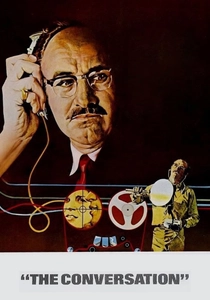
The Conversation (1974)
Description: 'The Conversation' shares with 'Zeros and Ones' a focus on surveillance, privacy, and the moral dilemmas of espionage. Both films feature protagonists who are experts in their field but become entangled in dangerous situations. The meticulous sound design in 'The Conversation' parallels the atmospheric tension in 'Zeros and Ones'.
Fact: Francis Ford Coppola made this film between 'The Godfather' and 'The Godfather Part II'. Gene Hackman's character was inspired by real-life surveillance experts. The film won the Palme d'Or at Cannes.
 Watch Now
Watch Now 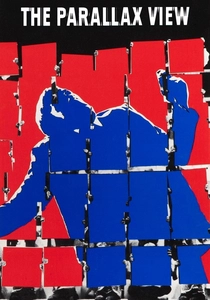
The Parallax View (1974)
Description: Similar to 'Zeros and Ones', 'The Parallax View' is a political thriller that uncovers deep-seated conspiracies. Both films feature lone protagonists investigating sinister plots, with a sense of paranoia and distrust permeating the narrative. The stark, realistic cinematography in 'The Parallax View' aligns with the gritty visuals of 'Zeros and Ones'.
Fact: The film's ending is famously bleak and ambiguous. The Parallax Corporation test sequence is a standout cinematic moment. Warren Beatty's performance is considered one of his best.
 Watch Now
Watch Now 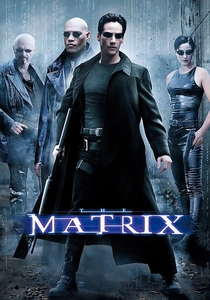
The Matrix (1999)
Description: 'The Matrix' shares with 'Zeros and Ones' a dystopian vision of reality controlled by unseen forces. Both films delve into themes of perception vs. reality and feature protagonists who uncover hidden truths. The cyberpunk aesthetic and high-tech paranoia in 'The Matrix' are echoed in the visual and thematic elements of 'Zeros and Ones'.
Fact: The iconic 'bullet time' effect was achieved using 120 still cameras. Keanu Reeves trained for four months in martial arts for his role. The film's premise was inspired by Jean Baudrillard's 'Simulacra and Simulation'.
 Watch Now
Watch Now 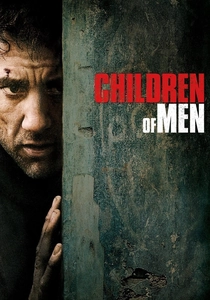
Children of Men (2006)
Description: Both 'Children of Men' and 'Zeros and Ones' present bleak, near-future worlds on the brink of collapse. The films share a sense of urgency and paranoia, with protagonists navigating chaotic environments. The handheld, documentary-style cinematography in 'Children of Men' mirrors the raw, immersive feel of 'Zeros and Ones'.
Fact: The famous single-take car scene was achieved using a specially rigged vehicle. The film's infertility premise was inspired by P.D. James' novel. Clive Owen was the first and only choice for the lead role.
 Watch Now
Watch Now 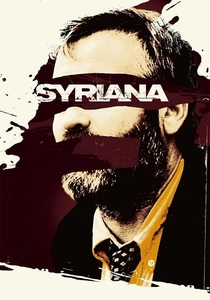
Syriana (2005)
Description: 'Syriana' and 'Zeros and Ones' both tackle global conspiracies and the interconnectedness of political and corporate power. The films share a multi-threaded narrative structure and a sense of pervasive corruption. The realistic, almost documentary-like approach in 'Syriana' aligns with the grounded yet tense storytelling in 'Zeros and Ones'.
Fact: George Clooney gained 35 pounds for his role. The film is inspired by real events in the oil industry. The screenplay was written by a former CIA officer.
 Watch Now
Watch Now 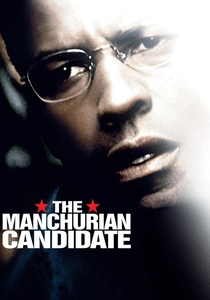
The Manchurian Candidate (2004)
Description: 'The Manchurian Candidate' and 'Zeros and Ones' both delve into political conspiracies and mind control. The tension and suspense in 'The Manchurian Candidate' are akin to the thriller elements in 'Zeros and Ones'. Both films also explore the manipulation of individuals by powerful, shadowy organizations.
Fact: The film is a remake of the 1962 classic. Denzel Washington was initially reluctant to take the lead role. The screenplay was updated to reflect contemporary geopolitical concerns.
 Watch Now
Watch Now 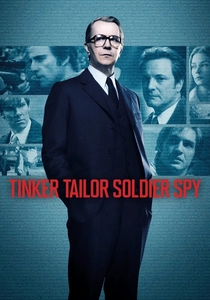
Tinker Tailor Soldier Spy (2011)
Description: Like 'Zeros and Ones', 'Tinker Tailor Soldier Spy' is a slow-burning espionage thriller with a complex narrative. Both films emphasize the psychological toll of spy work and the ambiguity of loyalty. The muted color palette and restrained performances in 'Tinker Tailor Soldier Spy' echo the subdued, tense atmosphere of 'Zeros and Ones'.
Fact: Gary Oldman studied real-life spies to prepare for his role. The film is based on John le Carré's novel. The screenplay was condensed from a much longer source material.
 Watch Now
Watch Now 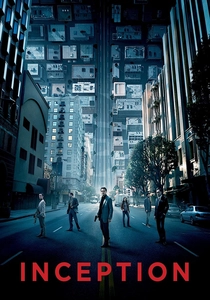
Inception (2010)
Description: Like 'Zeros and Ones', 'Inception' deals with layers of reality and the blurring of boundaries between dreams and actuality. Both films feature protagonists on covert missions that challenge their understanding of the world. The intricate plot and psychological depth in 'Inception' parallel the complex narrative of 'Zeros and Ones'.
Fact: The spinning top at the end was left ambiguous intentionally. Hans Zimmer's score includes a slowed-down version of Edith Piaf's 'Non, Je Ne Regrette Rien'. The hallway fight scene took three weeks to shoot.
 Watch Now
Watch Now 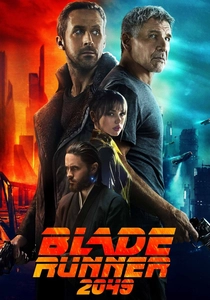
Blade Runner 2049 (2017)
Description: 'Blade Runner 2049' and 'Zeros and Ones' both explore themes of identity, artificial intelligence, and dystopian futures. The neo-noir visual style and atmospheric tension in 'Blade Runner 2049' are reminiscent of the moody, shadowy aesthetics in 'Zeros and Ones'. Both films also question what it means to be human in a technologically advanced world.
Fact: Roger Deakins won his first Oscar for cinematography on this film. The production design included real, practical sets to enhance authenticity. Ryan Gosling's character was originally written as a replicant, but this was later made ambiguous.
 Watch Now
Watch Now 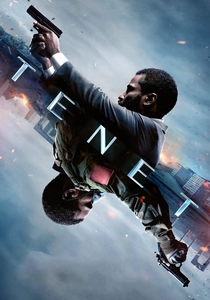
Tenet (2020)
Description: Similar to 'Zeros and Ones' (2021), 'Tenet' explores themes of espionage, time manipulation, and global conspiracies. Both films employ a non-linear narrative structure and a dark, gritty visual aesthetic that enhances the tension and mystery. The high-stakes, apocalyptic undertones in 'Tenet' mirror the existential threats present in 'Zeros and Ones'.
Fact: 'Tenet' was filmed in seven countries, including Estonia, India, and Italy. The title 'Tenet' is a palindrome, reflecting the film's time inversion theme. Christopher Nolan wrote the screenplay over the course of two decades.
 Watch Now
Watch Now 








